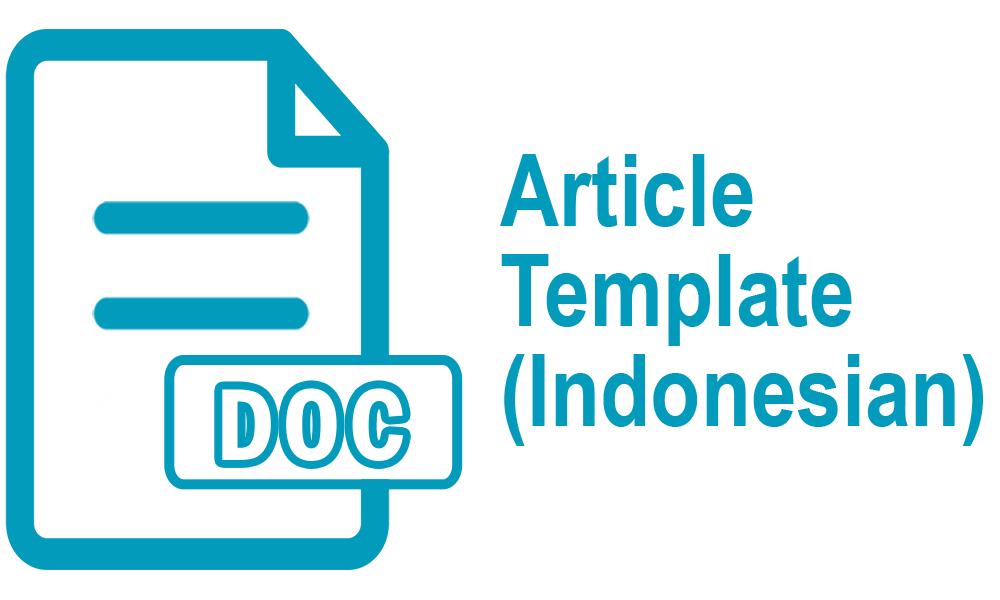An analysis of Ariel’s fulfillment of needs in The Little Mermaid (2023) film
Abstract
Full Text:
PDFReferences
Afifuddin, M., & Jwalita, P. Z. A. (2023). Motivations of safety needs in Wilson’s The Piano Lesson. In Proceedings of the 4th Annual International Conference on Language, Literature and Media (AICOLLIM 2022) (pp. 192-200). Atlantis Press. https://doi.org/10.2991/978-2-38476-002-2_19
Aras, G. (2015). Personality and individual differences: Literature in Psychology- Psychology in Literature. Procedia - Social and Behavioral Sciences, 185, 250–257. https://doi.org/10.1016/j.sbspro.2015.03.452
Bennett, A., & Royle, N. (2023). An introduction to literature, criticism and theory. Routledge. https://doi.org/https://doi.org/10.4324/9781003255390
Brooks, C., & Warren, R. P. (1979). Understanding fiction (3rd ed.). Prentice Hall.
Buhler, C. (1971). Basic theoretical concepts of humanistic psychology. American Psychologist, 26(4), 378–386. https://doi.org/10.1037/h0032049
Bungan, W., Asanti, C., & Ariani, S. (2025). Self-actualization of Agatha and Sophie in Chainani’s The School for Good and Evil novel. Ilmu Budaya: Jurnal Bahasa, Sastra, Seni dan Budaya, 9(2), 225-238. https://doi.org/10.30872/jbssb.v9i2.10043
Cixous, H., & Cohen, K. (1974). The character of “character.” New Literary History, 5, 383–402. https://doi.org/10.2307/468401
Creswell, J. W. (2014). Research design: Qualitative, quantitative, and mixed methods approaches. Sage Publications Ltd.
Egan, K. (1978). What is plot?. New Literary History, 9(3), 455–473. https://doi.org/doi.org/10.2307/468450
Fajriah, Q., & Budi, W. (2025). Abraham Maslow's hierarchy of needs as depicted by the main character in the film The Whale (2022). Journal of Literature Review, 1(2), 571-587. https://doi.org/10.63822/54j7a583
Freytag, G. (2004). Technique of the drama: An exposition of dramatic composition and art. University Press of the Pacific.
Khoiriah, U. F., Haryanti, D., Thoyibi, M., Haryanto, S., & Mansoor, H. S. (2024). Psychological needs of the female main character in Water for Elephants movie using Maslow’s hierarchy of needs. English Education: Jurnal Tadris Bahasa Inggris, 17(2), 270-302. https://doi.org/10.24042/ee-jtbi.v17i2.23802
Klarer, M. (2004). An introduction to literary studies (2nd ed.). Routledge.
Maslow, A. H. (1965). Self-actualization and beyond. Washington, D.C. https://eric.ed.gov/?id=ED012056
Maslow, A. H. (2023). Motivation and personality: Unlocking your inner drive and understanding human behavior. Prabhat Prakashan.
Miles, M. B., & Huberman, A. M. (1994). Qualitative data analysis. SAGE Publications.
Novianti, S., Rohanda, R., Fauziah, I., & Alandira, P. (2025). Hierarchy of needs of the main character in Habiburrahman El Shirazy’s Ayat-Ayat Cinta: A study of Abraham Maslow’s psychology. ELS Journal on Interdisciplinary Studies in Humanities, 8(2), 353–369. https://doi.org/10.34050/els-jish.v8i2.44340
Nurlela, N., Natsir, M., & Ariani, S. (2022). Maslow's hierarchy of human needs of the main character in Abraham Lincoln Vampire Hunter film (2012). Ilmu Budaya: Jurnal Bahasa, Sastra, Seni,dan Budaya, 6(1), 265-273. https://doi.org/10.30872/jbssb.v6i1.5448
Paris, B. J. (1997). Imagined human beings: A psychological approach to character and conflict in literature. New York University Press.
Petrie, D. W., & Boggs, J. M. (2018). The art of watching films (9th ed.). McGraw-Hill Education.
Sabiela, N. L., Kuncara, S. D., & Ariani, S. (2017). Love and belongings needs represented by twin character in The Thirteenth Tale novel. Ilmu Budaya: Jurnal Bahasa, Sastra, Seni, dan Budaya, 1(3), 253-264.
Schreier, M. (2012). Qualitative content analysis in practice. SAGE Publications.
Simons, J. A., Irwin, D. B., & Drinnien, B. A. (1987). Maslow’s hierarchy of needs. In Psychology: The search for understanding. West Publishing Company.
Southard, S. R. (2021). Maslow’s hierarchy of (fictional character) needs. https://stevenrsouthard.com/maslows-hierarchy-of-fictional-character-needs/
Taormina, R. J., & Gao, J. H. (2013). Maslow and the motivation hierarchy: Measuring satisfaction of the needs. The American Journal of Psychology, 126(2), 155–177. https://doi.org/10.5406/amerjpsyc.126.2.0155
Virginia, F., & Satria, R. (2022). Exploring Maslow’s hierarchy of human needs in “Pollyanna” novel . EScience Humanity Journal, 2(2), 75-86. https://doi.org/10.37296/esci.v2i2.36
Zalenski, R. J., & Raspa, R. (2006). Maslow’s hierarchy of needs: A framework for achieving human potential in hospice. Journal of Palliative Medicine, 9(5), 1120–1127. https://doi.org/10.1089/jpm.2006.9.1120
DOI: http://dx.doi.org/10.30872/jbssb.v9i4.21795
Refbacks
- There are currently no refbacks.
Copyright (c) 2025 Farhan Fachryan, Setya Ariani, Puji Astuti Amalia
Editorial address:
Fakultas Ilmu Budaya, Universitas Mulawarman
Jl. Ki Hajar Dewantara, Gunung Kelua, Kec. Samarinda Ulu, Kota Samarinda, Kalimantan Timur, Indonesia 75123
Email: jurnalilmubudaya.fibunmul@gmail.com
Website: http://e-journals.unmul.ac.id/index.php/JBSSB
Ilmu Budaya: Jurnal Bahasa, Sastra, Seni, dan Budaya is licensed under a Creative Commons Attribution-ShareAlike 4.0 International License






